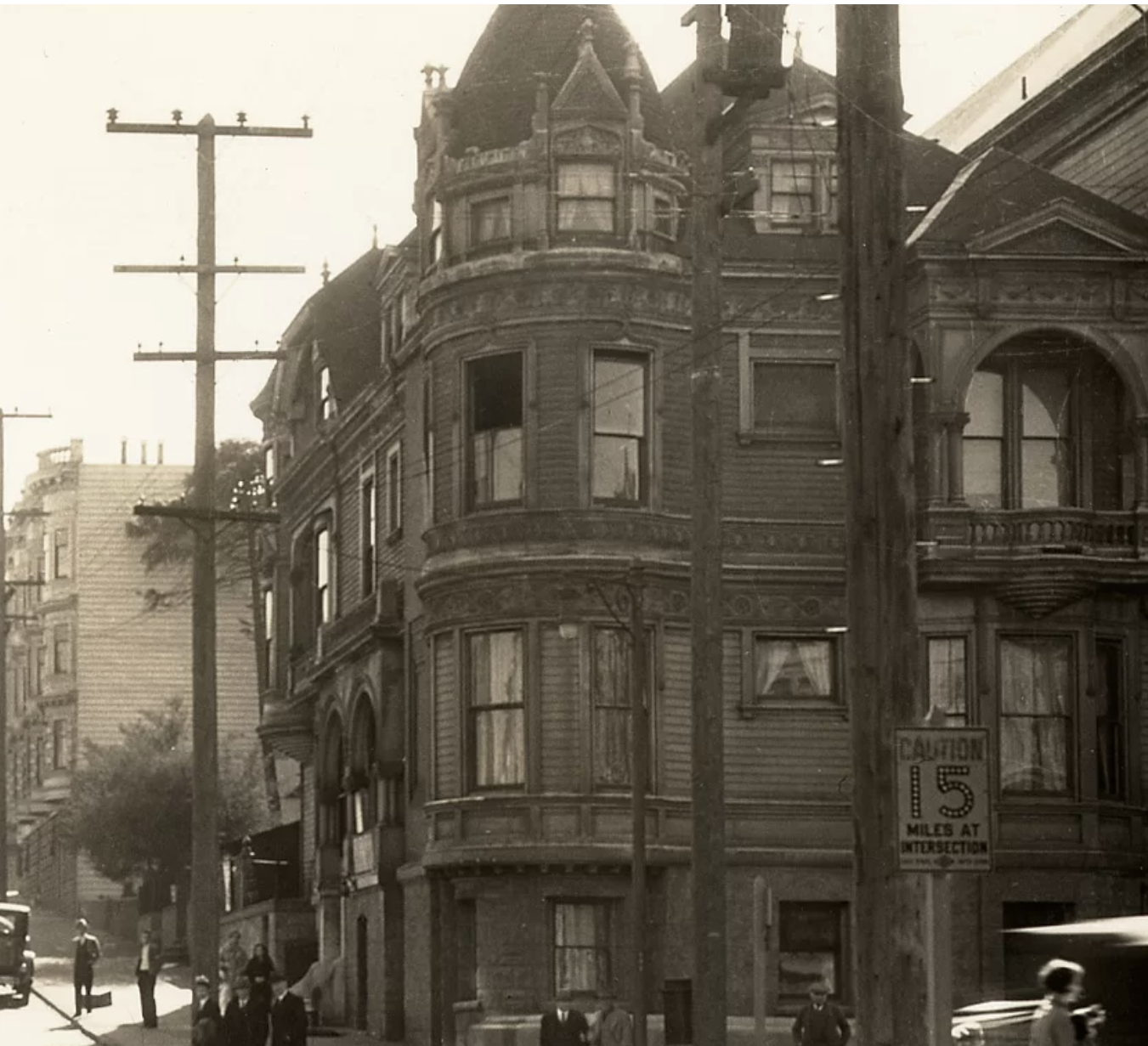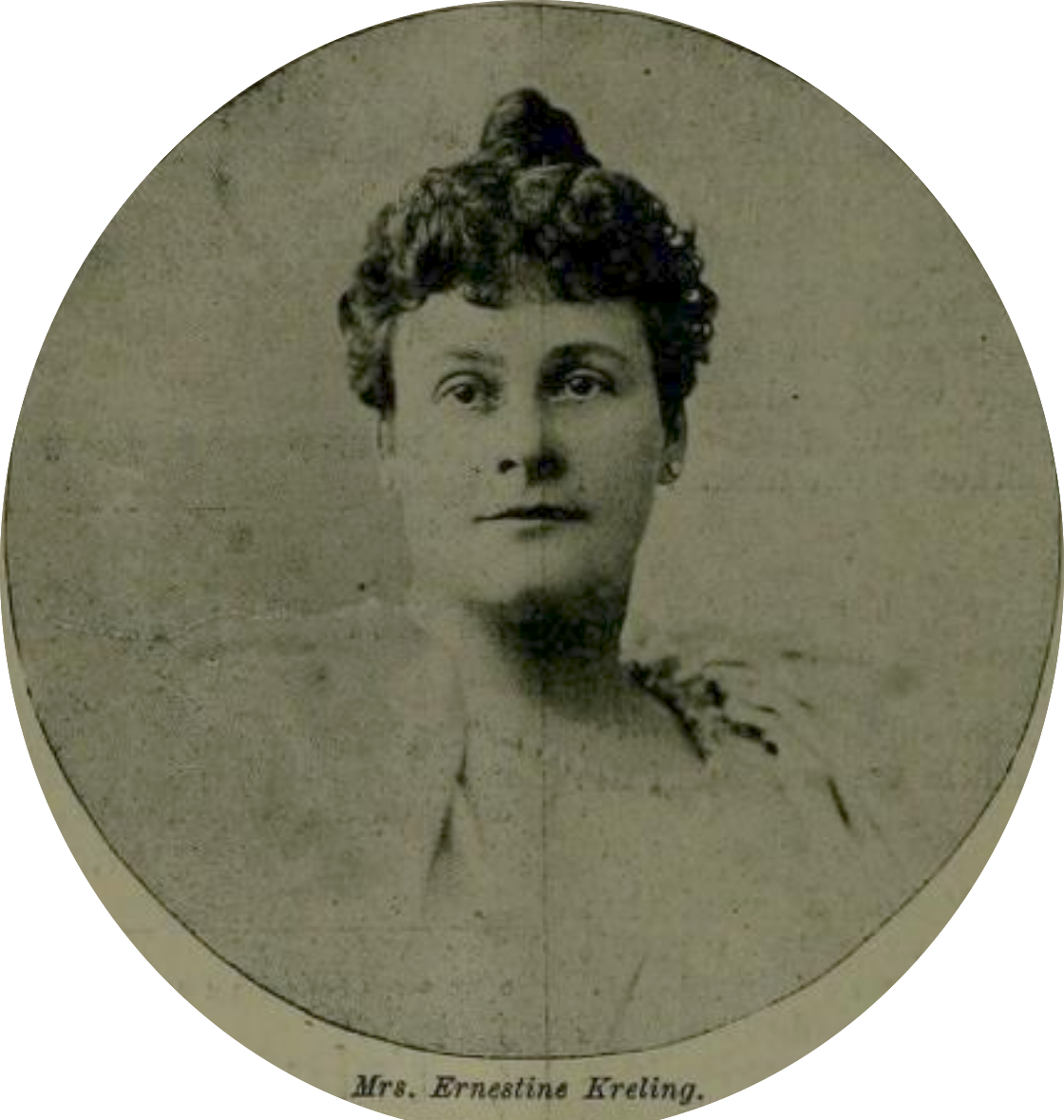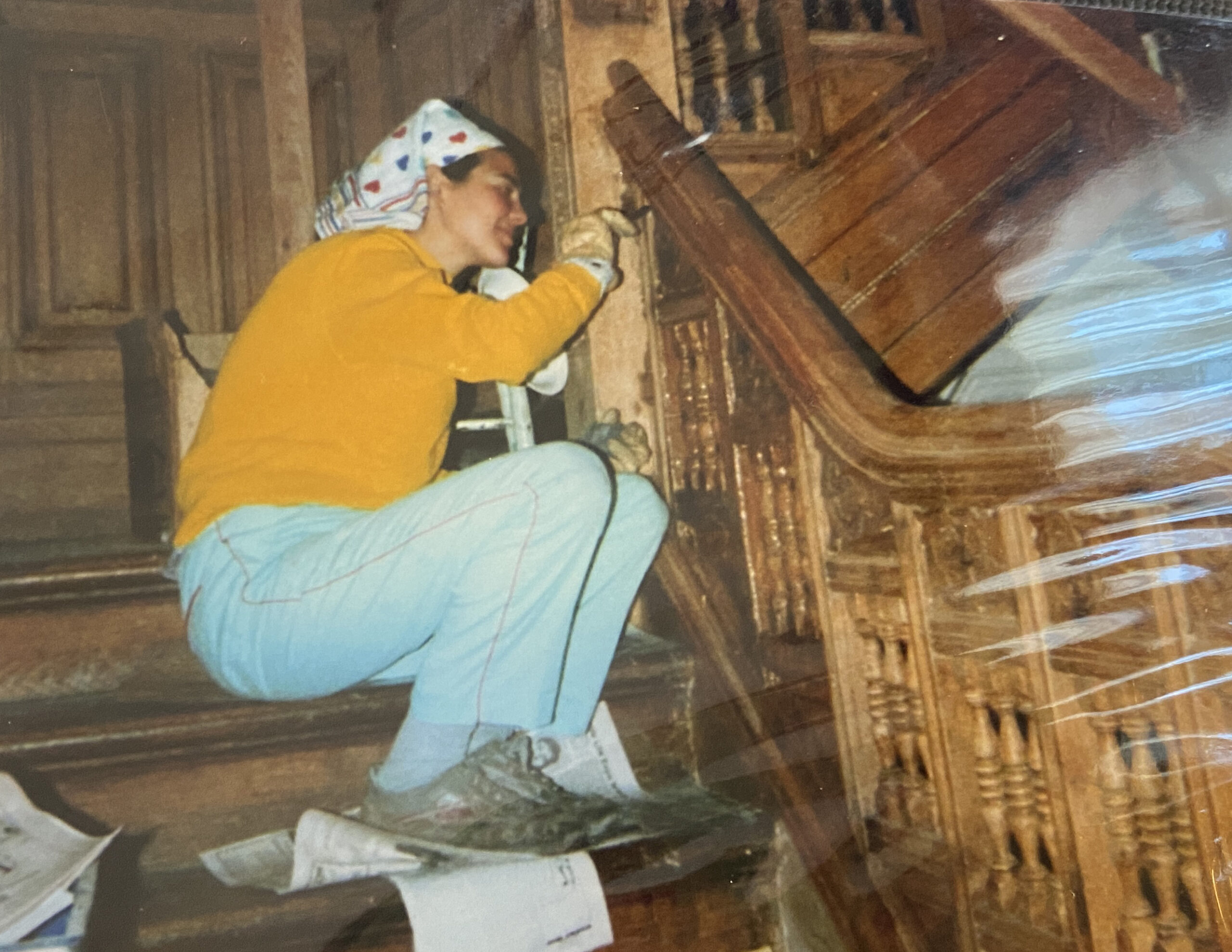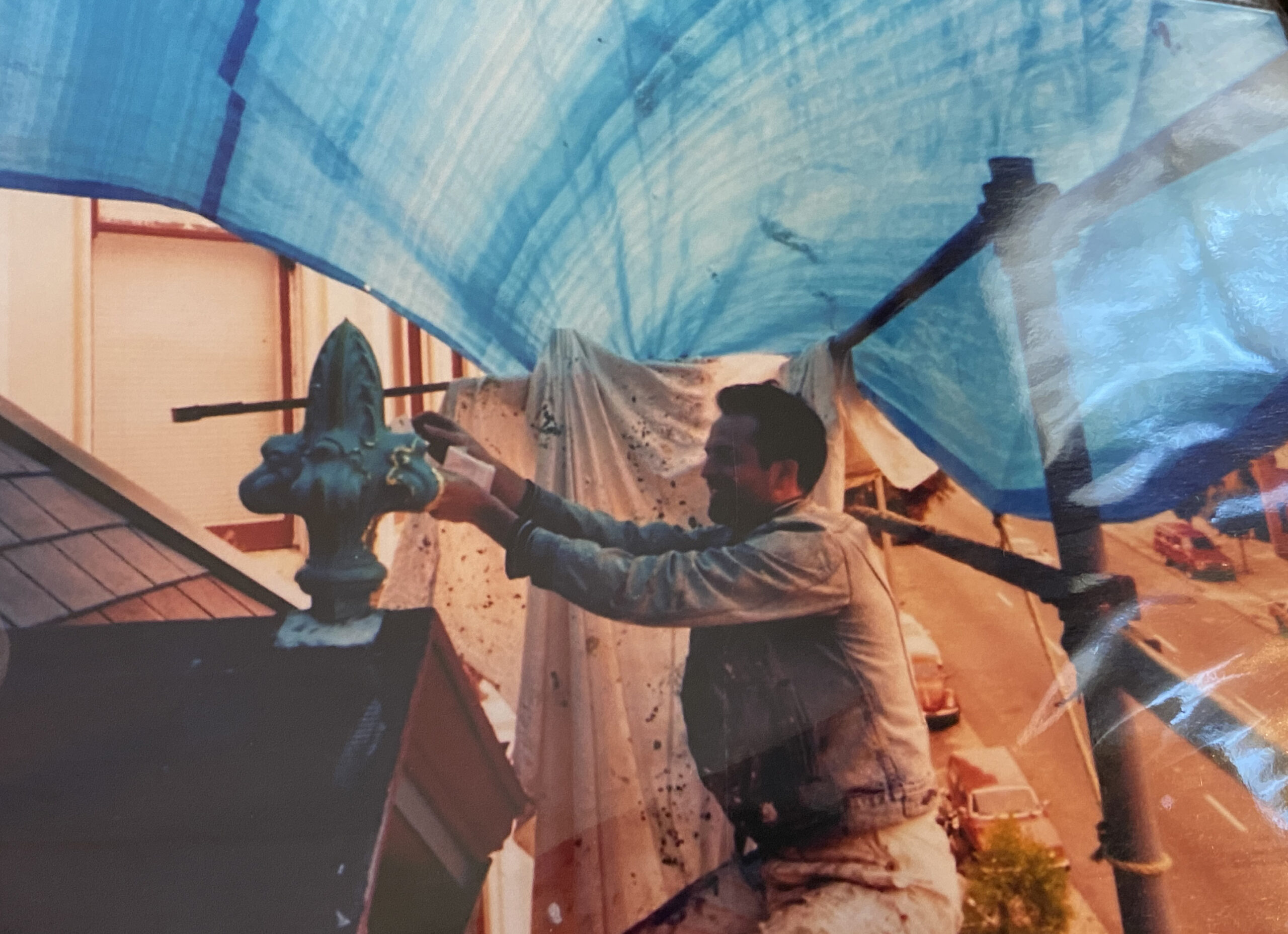




A Brief History of
the Chateau Tivoli
1892
In 1892 this large twenty-two-room Queen Anne/French Revival home at 1057 Steiner Street was commissioned by Oregon shipping magnate, Daniel B. Jackson. Designed by architect William H. Armitage, the mansion was built together with the three adjacent apartment buildings on Golden Gate Avenue, known as the Seattle Block. Armitage, born and trained in England, was one of San Francisco’s leading architects. He designed a number of buildings in the Western Addition neighborhood, which still contains the largest concentration of authentic Victorian homes in the city.
1898-1917
From 1898 to 1917, the house was the property of Mrs. Ernestine Kreling, owner of the famous Tivoli Opera House, the first place where opera was sung on the West Coast. Renowned singers and performers were frequent visitors to the home on Steiner Street.
1917
The building was purchased by the Emanu-El Sisterhood as a home for single girls, and, as the neighborhood was largely Jewish, it subsequently housed many and various Jewish organizations. The Yiddish Literary and Dramatic Society opened a Cultural Center, a school and restaurant at this site in December of 1929. This organization was comprised of Jewish Intelligentsia who had fled Russia after the 1917 Revolution, and Yiddish culture was maintained at Steiner Street until 1961, filling the house with music and art for thirty-one years.
1961-1975
The building was then operated as a rooming house from 1961 until 1975, and its history during this period is unclear. However, in 1975, Jack Painter purchased the home and operated it as the Center for Release and Integration, an important site of the New Age movement in Psychology. Murals of lotus flowers, jungles and unicorns covered the walls, and the sound of Tibetan bells, drumming, and chanting filled the air. The New Age newspaper Common Ground was born at this site.
1985
As the years passed and various organizations and owners came and went, the building at 1057 Steiner fell into disrepair and was the victim of many unfortunate modifications. Rodney Karr and William Gersbach purchased the site in 1985, and embarked on an extensive and careful process of restoration. Hardwood floors were refinished and replaced, numerous coats of paint were painstakingly removed from the grand oak staircase, and plaster work throughout the building was recreated. The roof was replaced with slate in stripe and diamond patterns, and its iron cresting, donated to the war effort in WWII, was replaced. The Chateau Tivoli, named for its Chateau-esque Victorian style and Mrs. Kreling’s association with the Tivoli Opera House, was opened as a bed and breakfast inn on October 13, 1989, only days before the Loma Prieta earthquake. That it sustained no damage in that disaster is a testament to its sturdy construction.
1997
The Shohet family purchased the Chateau Tivoli in 1997. They continue to operate it as a B&B, and have added authentic furnishings and improved services to make sure that it remains one of the “greatest painted ladies” of them all.
